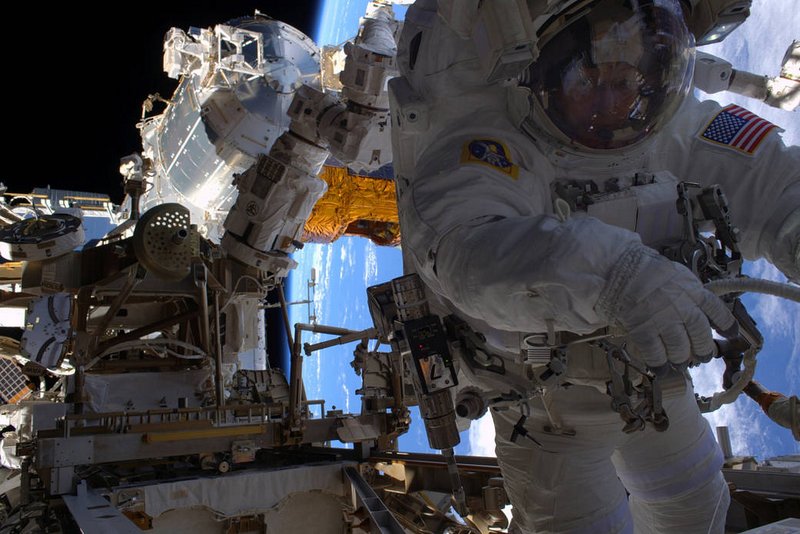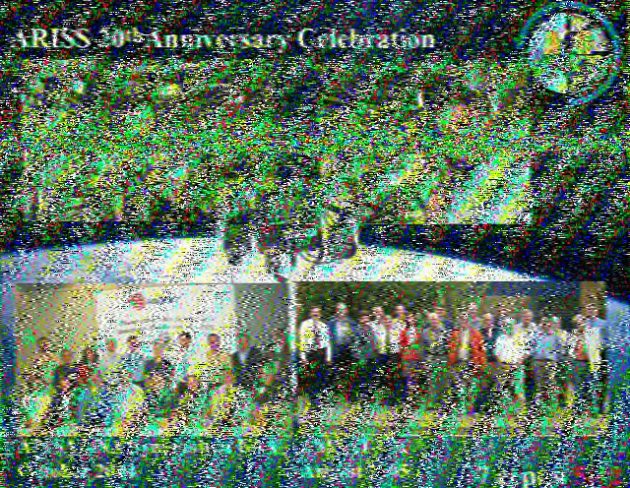
NASA Astronaut Peggy Whitson’s 7th Spacewalk (Image source: NASA)
Last night, my buddy Eric McFadden (WD8RIF) notified me that the International Space Station would be making a pass this morning and doing an ARISS contact with three schools in Belgium.
It appears this pass will create an opportunity for some of us at least in eastern North America (and elsewhere) to listen to the transmission live.
Eric notes:
The frequency of the downlink should be 145.800MHz. As the ISS climbs above your horizon, because of doppler-shift, listen on 145.805. Switch to 145.800 as the ISS approaches zenith. Switch to 145.795 as the ISS drops toward the other horizon. You’ll know when to switch frequency when the audio gets bad.
[…]The ISS runs real power so an HT with anything but the shortest rubber duck should be OK, particularly when the ISS is well above the horizon. A 1/2-wave whip on the HT is better.
The contact starts at 13:47 UTC (08:47 EST)–about one hour from time of this posting.
As Eric notes, pretty much any VHF handheld radio or scanner can easily receive this contact as long as you can tune to 145.80 MHz +/-.
 Last time I was in a place to tune to the ISS, it was with my kids and we all got a kick out of hearing astronauts answer questions from children here on Terra Firma. I wrote a short post about this.
Last time I was in a place to tune to the ISS, it was with my kids and we all got a kick out of hearing astronauts answer questions from children here on Terra Firma. I wrote a short post about this.
Don’t worry if you miss this ARISS contact–they happen all the time. Check the ARISS “Upcoming Contacts” (http://www.ariss.org/upcoming-contacts.html) page where future ARISS QSOs are listed. No doubt, it will pass over your part of the globe at some point!
Southgate ARC also posted the following announcement with a link to the live webcast:
ARISS contact webcast
On Thursday 12 January 2017, an ARISS contact is scheduled with three schools in Belgium.
Two schools will operate from the Euro Space Center.
The event will be web streamed live on:
https://www.facebook.com/eurospacecenter
The radio contact is scheduled at 13.47 UTC, which 14.37 CEWT.
The web streaming will start around 14.00 local time.
73,
Gaston Bertels, ON4WF
ARISS past chairman
Thanks again, Eric, for the tip!






